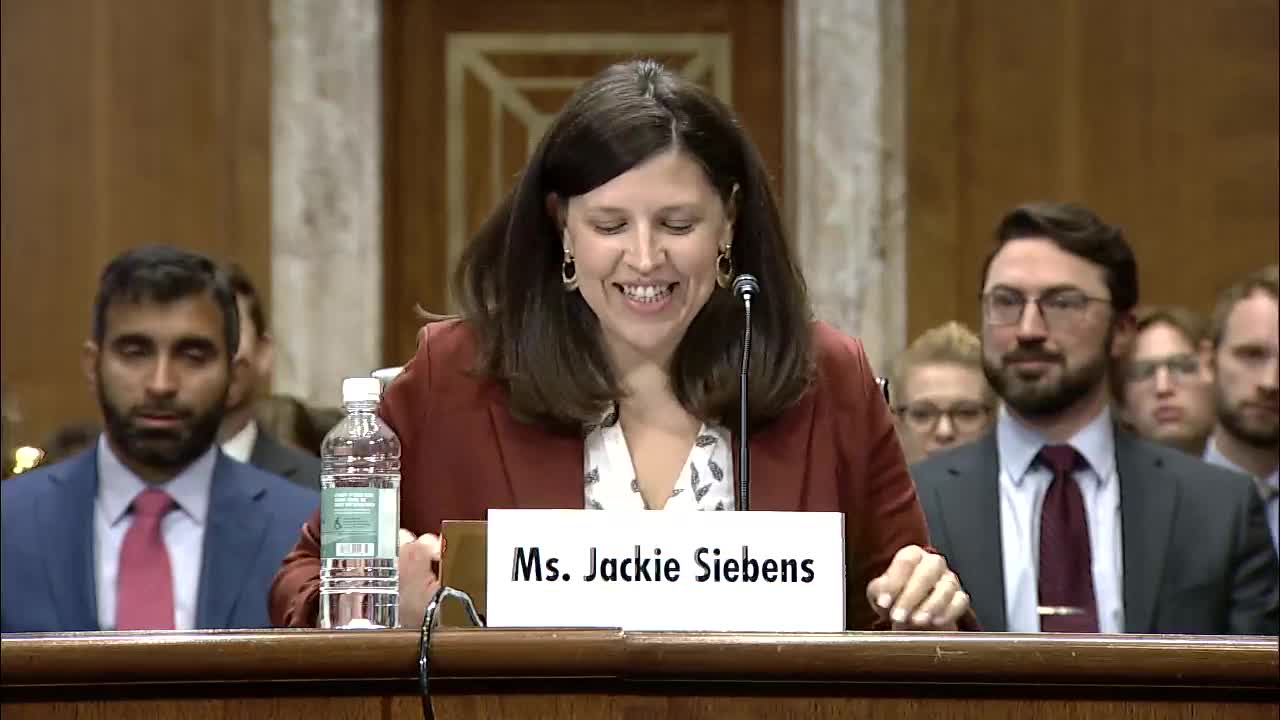Helion races to bring fusion energy to the grid
September 19, 2024 | Energy and Natural Resources: Senate Committee, Standing Committees - House & Senate, Congressional Hearings Compilation
This article was created by AI summarizing key points discussed. AI makes mistakes, so for full details and context, please refer to the video of the full meeting. Please report any errors so we can fix them. Report an error »

In a recent government meeting, discussions centered on the rapid advancements in fusion energy technology, particularly highlighting the efforts of private companies like Helion. The meeting underscored the shift from traditional fusion designs, such as the tokamak approach used by ITER, to innovative methods like Helion's pulsed fusion technology. Helion's ability to construct six working fusion machines in just over a decade was noted as a significant achievement, facilitated by a regulatory framework that allows for quicker iterations compared to fission energy projects.
Dr. White, a key speaker at the meeting, emphasized that the acceleration of fusion energy development is largely driven by technological innovations, including high-temperature superconducting magnets and advanced power electronics. He pointed out that while there are promising concepts in the private sector, the timeline for innovation remains uncertain, necessitating a robust collaboration between industry and regulatory bodies to ensure successful deployment.
Concerns were raised regarding the integration of fusion energy into the existing grid system, particularly in light of retiring coal plants and the need for effective permitting processes. The discussion highlighted the importance of colocation strategies, where fusion facilities could be situated near existing infrastructure to facilitate quicker energy delivery.
Helion's upcoming prototype, Polaris, is expected to demonstrate electricity production by the end of 2024, aligning with a power purchase agreement with Microsoft that mandates operational deadlines and penalties for delays. This agreement reflects the growing confidence in fusion energy's potential, although the path to commercial viability remains complex.
Overall, the meeting illustrated a collective optimism about the future of fusion energy, with a strong emphasis on the need for supportive policies and infrastructure to enable this transformative technology to contribute to the energy grid in the coming years.
Dr. White, a key speaker at the meeting, emphasized that the acceleration of fusion energy development is largely driven by technological innovations, including high-temperature superconducting magnets and advanced power electronics. He pointed out that while there are promising concepts in the private sector, the timeline for innovation remains uncertain, necessitating a robust collaboration between industry and regulatory bodies to ensure successful deployment.
Concerns were raised regarding the integration of fusion energy into the existing grid system, particularly in light of retiring coal plants and the need for effective permitting processes. The discussion highlighted the importance of colocation strategies, where fusion facilities could be situated near existing infrastructure to facilitate quicker energy delivery.
Helion's upcoming prototype, Polaris, is expected to demonstrate electricity production by the end of 2024, aligning with a power purchase agreement with Microsoft that mandates operational deadlines and penalties for delays. This agreement reflects the growing confidence in fusion energy's potential, although the path to commercial viability remains complex.
Overall, the meeting illustrated a collective optimism about the future of fusion energy, with a strong emphasis on the need for supportive policies and infrastructure to enable this transformative technology to contribute to the energy grid in the coming years.
View full meeting
This article is based on a recent meeting—watch the full video and explore the complete transcript for deeper insights into the discussion.
View full meeting